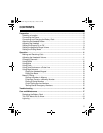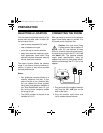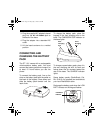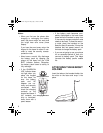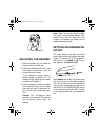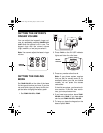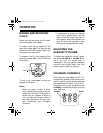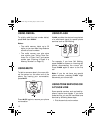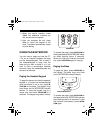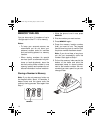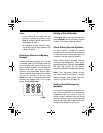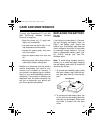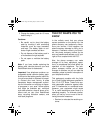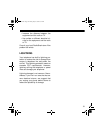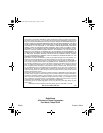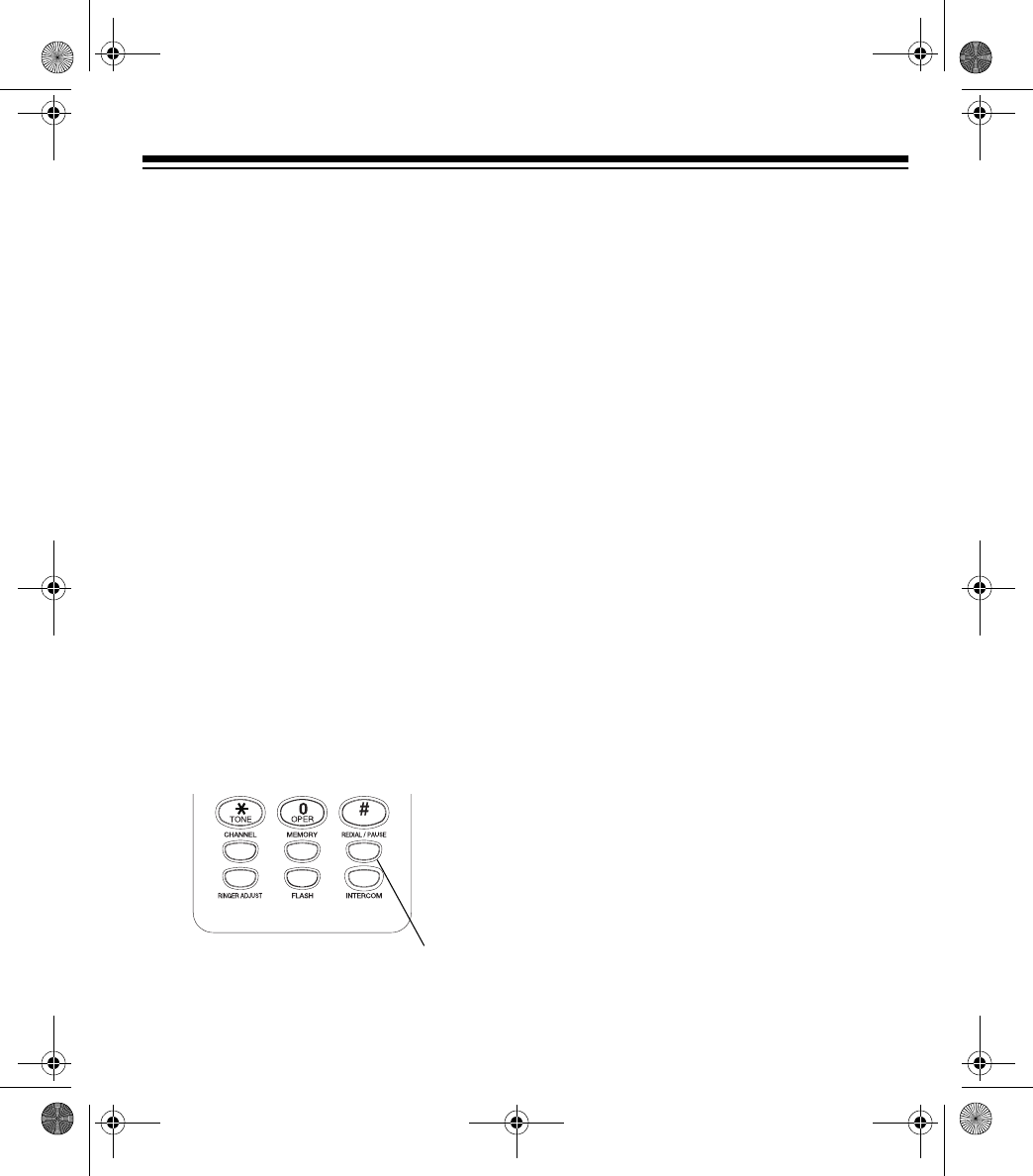
15
Notes:
• If you receive a call while you are
storing a number in memory, press
TALK to answer the call. After the call,
begin again at Step 1.
• To change a number stored in mem-
ory, simply store a new number in that
memory location.
Entering a Pause in a Memory
Number
In some telephone systems, you must dial
an access code (9, for example) and wait
for the second dial tone before you can
dial an outside number. You can store the
access code with the phone number.
However, you should also store a pause
after the access code to allow the outside
line time to connect. To do so, press
PAUSE to enter a 3-second pause after
entering the access code. For a longer
pause, press
PAU SE again.
Dialing a Stored Number
Press TALK. When you hear the dial tone,
press
MEMORY then the memory location
number. The phone dials the number.
Chain Dialing Service Numbers
For quick recall of numbers for special
services (such as alternate long distance
or bank by phone), store each group of
numbers in its own memory location.
When calling special services, dial the
service’s main number first. Then, at the
appropriate place in the call, press
MEMO-
RY
, then the number for the location
where the additional numbers are stored.
Note:
If you use pulse dialing, be sure
you have stored a tone entry in another
memory location (see “Using Tone Ser-
vices on a Pulse Line” on Page 12).
Testing Stored Emergency
Numbers
If you store an emergency service’s num-
ber (police department, fire department,
ambulance) and you want to test the
stored number, make the test call during
the late evening or early morning to avoid
peak demand periods. Remain on the line
to explain the reason for your call.
PAUSE
43-1101.fm Page 15 Friday, July 9, 1999 9:32 AM



